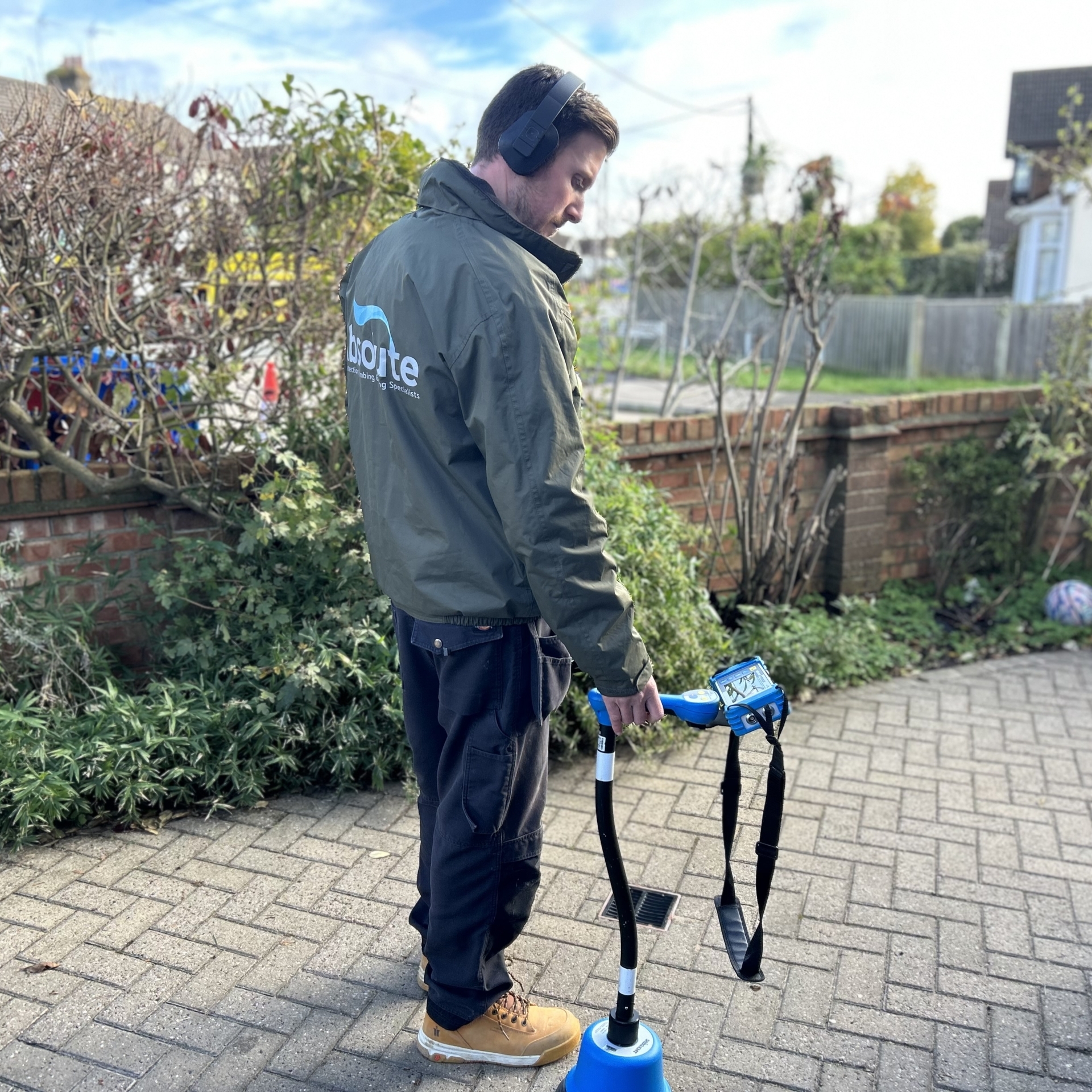In the industry of underground installations, the method of trenching has been the conventional go-to for decades. However, with technological advancements, moling has emerged as a revolutionary alternative, offering a host of advantages over traditional trenching methods.
Moling’s versatility and effectiveness are unquestionable, pushing the boundaries of conventional trenching and making it the preferred choice for many underground applications. In this blog post, we take a closer look at the benefits of moling, emphasising why it stands out as the more advantageous choice for various projects. Continue reading to find out more.
- Reduced Disruption
One of the main advantages of moling is the minimal disruption it causes compared to traditional trenching. Traditional methods involve digging lengthy and wide trenches, often causing upheaval in residential areas, commercial spaces, and even on roads. Moling, on the other hand, requires only small entry and exit points, reducing the impact on the surrounding environment. This makes moling an ideal choice for projects in urban places or areas with established landscapes where preserving the aesthetic appeal is crucial.
- Quicker Project Completion
Moling is renowned for its efficiency and speed in completing projects. Traditional trenching can be a time-consuming process, especially for extensive installations. Moling eliminates the need for large-scale excavation, enabling faster completion times. This time efficiency is particularly advantageous for projects with tight deadlines, minimising disruptions and allowing for quicker restoration of the work site.
- Cost-Effective
Moling often proves to be more cost-effective than traditional trenching methods. The reduced labour, equipment, and restoration costs associated with moling contribute to significant savings. Businesses and homeowners alike benefit from the economic advantages of moling, making it an attractive option for projects with budget constraints. Additionally, moling minimises environmental impact by reducing the extent of excavation and disturbance to surrounding areas.
- Minimised Environmental Impact
Traditional trenching can have a substantial environmental impact, disrupting ecosystems, and contributing to soil erosion. Moling, with its minimal excavation requirements, is considered a more environmentally friendly option. It helps preserve vegetation, reduces the need for extensive restoration, and minimises soil disturbance, making it an eco-conscious choice for environmentally sensitive areas. Moling also promotes cost-effective and time-efficient installation of underground utilities, making it a practical and sustainable choice for different construction projects.
- Versatility in Applications
Moling is a versatile technology that can adapt to various project requirements. It is suitable for laying utility lines, installing irrigation systems, or even deploying fibre optic cables. The adaptability of moling technology makes it a superior choice for projects with diverse needs, allowing for efficient and precise installations across different sectors. Its ability to navigate different soil types and conditions further enhances moling’s versatility, making it an ideal solution for a wide range of applications.
- Precision in Installation
Moling offers a higher level of precision compared to traditional trenching. The process involves creating a tunnel directly in the desired path, minimising the risk of damaging existing infrastructure or utilities. This precision is especially crucial in urban areas where space is limited, and accuracy is paramount to avoiding disruptions to existing utilities. The precision in moling not only reduces the likelihood of service interruptions but also enhances safety by reducing the potential impact on surrounding structures.
- Safety First
Moling prioritises worksite safety by reducing the risks associated with open trenches. Traditional trenching poses hazards such as cave-ins, falling debris, and equipment accidents. Moling mitigates these risks, ensuring a safer work environment for both workers and bystanders. In addition, the controlled and targeted nature of moling reduces noise and vibration levels, providing an added advantage in densely populated areas, where minimising disturbances and maintaining a favourable noise environment are crucial considerations for community well-being.
The Final Verdict
Ultimately, moling emerges as a transformative technology, offering numerous advantages over traditional trenching methods. From reduced disruption and quicker project completion to cost savings and environmental benefits, moling proves to be the more advantageous choice for a wide range of projects.
Whether you’re a homeowner or a project manager, considering moling over traditional trenching could be the key to unlocking a faster, more cost-effective, and environmentally conscious solution for your next endeavour.
Require Professional Moling Services in London?
At Absolute Leak Detection, we provide efficient water supply replacement and moling services in London for both domestic and commercial properties. Moling, a trenchless method, involves a mole-driven machine creating a path for pipes without extensive excavation.
This minimises disruption, requiring only two holes, and ensures surface reinstatement to a high standard. Whether renewing or rerouting water supply pipes due to leaks, our method avoids the need for long trenches.
Contact us at 0203 4902337 or info@absoluteleakdetection.co.uk. We pride ourselves on quality service, reducing inconvenience for our valued customers.


